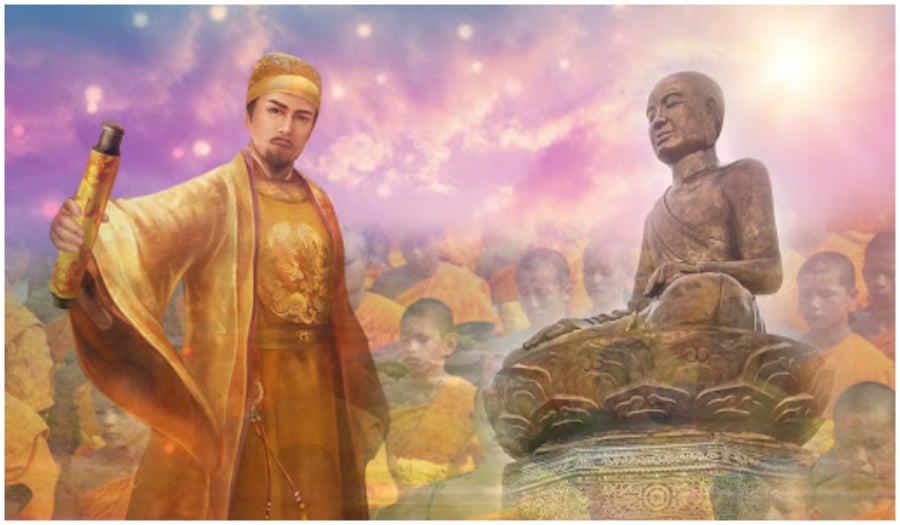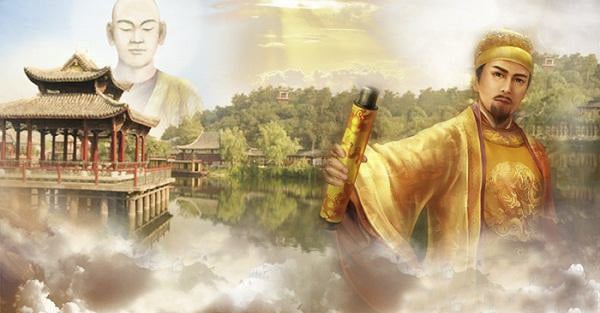The Only Vietnamese Monarch Who Renounced the Throne Twice
Trần Nhân Tông, given name Trần Khâm, was born on the 11th day of the 11th lunar month in the year of the Horse (December 7, 1258). He was the firstborn son of King Trần Thánh Tông and Queen Thiên Cảm. According to the Đại Việt Sử Ký Toàn Thư, Trần Khâm possessed an extraordinary appearance from a young age, with skin that shone like gold, earning him the nickname “Golden Celestial Boy” from his grandfather, the Grand Emperor Trần Thái Tông.
In 1274, at the age of 16, Trần Khâm was appointed Crown Prince. On two occasions, he refused the throne, requesting that his father appoint his younger brother instead. However, his pleas were not heeded. The king arranged a marriage for him with the eldest daughter of the Queen Mother (later known as Khâm Từ). Despite finding happiness with his wife, Trần Khâm’s heart leaned towards Buddhism. He once escaped to Yên Tử Mountain to become a hermit, but his father summoned him back to the palace. Although he accepted his role as Crown Prince, he maintained a pure lifestyle and often engaged in spiritual discussions with the monk Tuệ Trung Thượng Sĩ, whom he revered as a teacher.

In 1279, at 21 years old, Trần Khâm ascended the throne, taking the name Trần Nhân Tông, and the era name Thiệu Bảo. During his 15-year reign (1278–1293), he implemented a conciliatory policy, ruling with virtue, caring for the well-being of the people, and building a strong and prosperous Đại Việt.
In 1293, he abdicated in favor of his son, Trần Thuyên (King Trần Anh Tông), becoming the Grand Emperor and preparing for a monastic life. In October 1299, at 41 years old, he renounced worldly life at Yên Tử Mountain, adopting the dharma name Hương Vân Đại, and founding the Trúc Lâm Zen sect. He built temples, established monasteries, and preached, attracting a large following.

Subsequently, he taught at Phổ Minh Temple in Phủ Thiên Trường, Nam Định, and then traveled to Bố Chính camp in Quảng Bình, establishing the Tri Kiến Am. After attaining enlightenment on Yên Sơn Mountain, he descended to propagate Buddhist teachings, benefiting the people.
In 1308, Trần Nhân Tông passed away at Ngọa Vân Am, on Yên Tử Mountain. Due to his immense contributions to the nation and Buddhism, he was revered as the “Buddha Emperor” Trần Nhân Tông, the only such figure in Vietnam’s history.






























